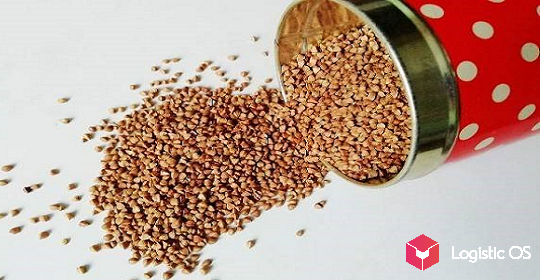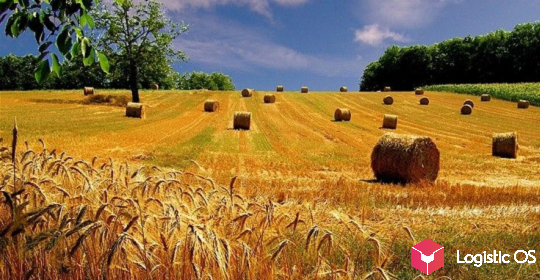A significant drop in pea production in Mexico may force it to look for sources of import of this crop.
Peas are currently one of the main crops in terms of consumption in Mexico. They are included in many traditional dishes, including soups, salads and stews.
However, the 2023-2024 season turned out to be extremely unsuccessful for local pea producers. This was reported by Mexico Business News.
According to estimates by the Mexican authorities, no more than 31 thousand tons of peas will be produced in the country by the end of the year.
This is slightly more than half of last year’s harvest, which amounted to 59 thousand tons.
Thus, we see a double drop in production volumes, which can truly be called catastrophic.
It is noteworthy that a decrease in pea harvest is currently observed in almost all of Mexico, including regions such as Sinaloa, Baja California, and Mexico City.
Each of these regions has seen a significant decrease in production.
For example, in Sinaloa, a drop of up to 93% is expected. If last year about 4.1 thousand tons of peas were harvested there, then this time we can talk about only 290 tons of this crop.
In other regions, the decline, although less than in Sanaloa, is still very noticeable.
Baja California has reduced pea production by more than 60%, from 4.1 thousand tons to 1.5 thousand tons.
The state of Mexico, which is considered the largest pea producer in the country at present, also does not inspire optimism. It reports a decline of almost 60%: instead of 29 thousand tons, which were grown last year, this time the harvest in Mexico may amount to no more than 13 thousand tons.
Since this state occupies a significant share in the structure of pea production in the country, then it alone can already judge how serious the situation is.
The market has already responded to the very likely pea shortage with a significant increase in prices. Compared to the beginning of the year, prices have already increased more than 5 times at the Central de Abasto wholesale market in Iztapalapa.
It is possible that the price increase will continue, since market participants are only assuming a poor harvest. If this is confirmed, an even more significant impact of the deficit on the market cannot be ruled out.
At the moment, the Mexican authorities need to think about where to import peas in order to eliminate a deficit and prevent price increases.
Since peas, as already mentioned, are an important consumer product in Mexico, their shortage and price increase can make a significant contribution to overall inflation.

